Gear Advice - What extra do you need for winter walking?
Leave aside the high mountains for now, with their ice axes and crampons and avalanche probes. I'm interested in the best 6 bits of kit you may need to supplement your normal walking outfit. That may mean staying at low levels if you aren't happy with ice and waist-deep snow. But there's nothing wrong with that; sometimes the mountains look a lot better from below.
Gaiters
Those sleeves of material people wrap around their ankles to close the opening between their trousers and boots are called gaiters. You may well have some for use in summer, but they really come into their own in winter so if you don't think they're for you, try them again. Gaiters are perfect at stopping snow (and mud!) getting into your boots and at keeping those exposed bits of your ankles warm. Snow in boots leads to cold, wet feet, which also leads to blisters. For low level walking, a cheap pair of gaiters does this job perfectly well.
Head torch
Winter days are shorter, but that doesn't mean you need to walk for less time. An advantage of shorter days is that you don't need to be out late to witness the sunset. Take a good head torch and you can appreciate the hills after dark, a completely different world. You may even be lucky enough to have the moon light up the landscape before dinner. Make sure you always carry spare batteries, and that everyone in your group has a head torch if you intend on being out late.
Goggles
If you're heading high and there's a risk of heavy snow or even a blizzard, goggles can be a life-saver. There's nothing worse than trying to navigate along a disappearing path with snow flakes stinging your eyes. Any pair of ski goggles will do, and if you don't have any then a pair of sunglasses will work quite well until it starts to get dark.
Thermal flask
'The only thing better than a hot drink is a hot drink on a cold day' - said by a very wise person a long time ago. And they were right. Not only will a hot drink in a thermal flask bring you joy when you remember it's in your bag, it will also bring joy to anyone else in your group you choose to share it with. Plus, it's a great thing to have in an emergency when someone's getting too cold. Just maybe avoid mulled wine if you have to navigate.
Waterproof socks
If your boots are a bit past-it and you're worried about getting wet feet but don't want to invest in new boots, try getting some waterproof socks. They also have a woollen thermal layer to keep your feet warm as well as dry. I find them useful when I'm walking or running in shoes through snow; the snow may get through the shoes, but it won't get through the socks.
Thermals
The best solution to dealing with the cold isn't to wear hundreds of extra layers, but to make the classic three-layering system work better in the cold. This may mean replacing your usual shirt with a thermal top and leggings, most likely made of wool. There are quite a few options out there, for different levels of activity and temperature, so make sure you shop around. It's important that they fit well, tight enough to keep the heat in but loose enough not to leave gaps exposed.
And of course don't forget the snowball fight:

